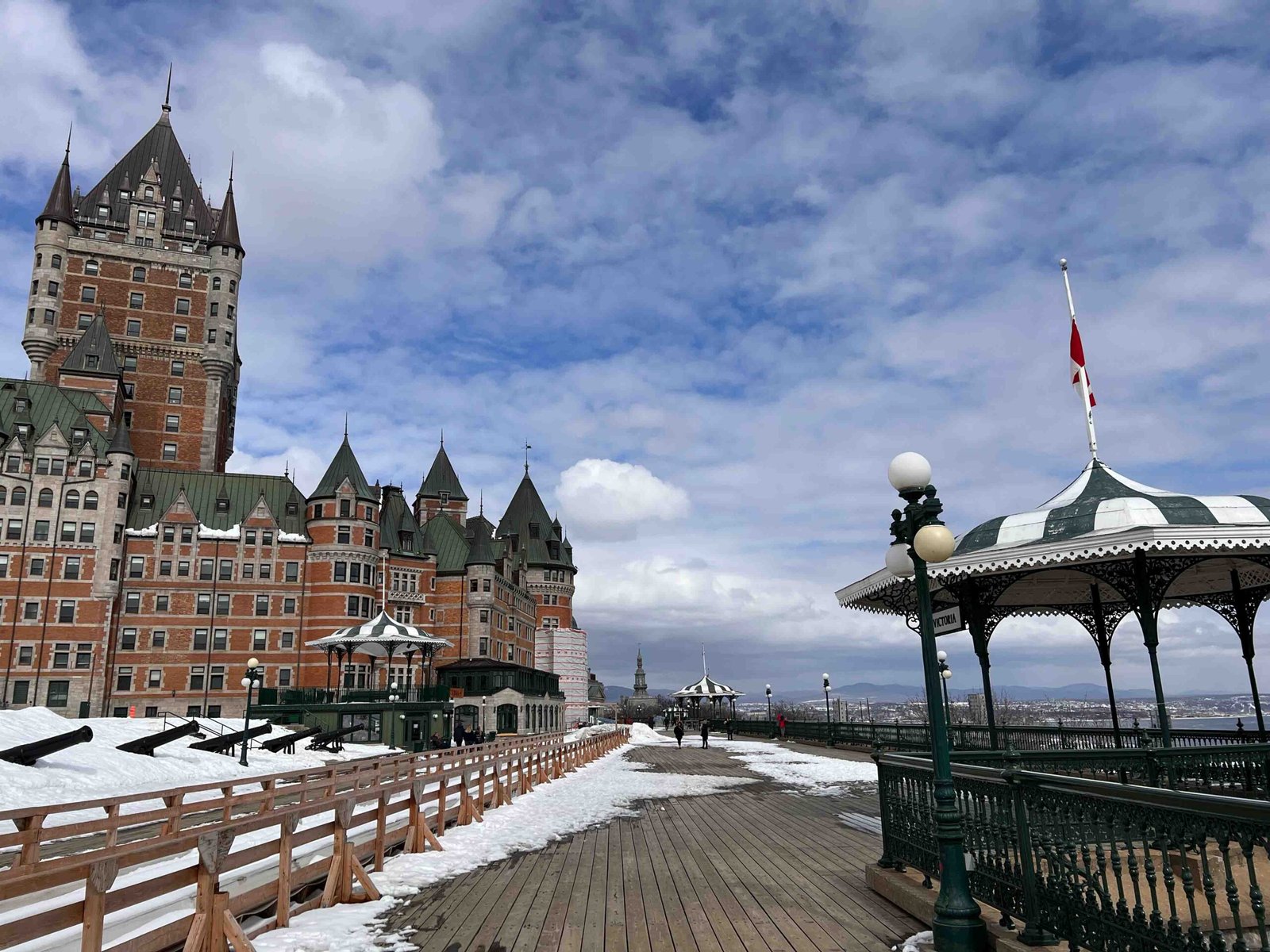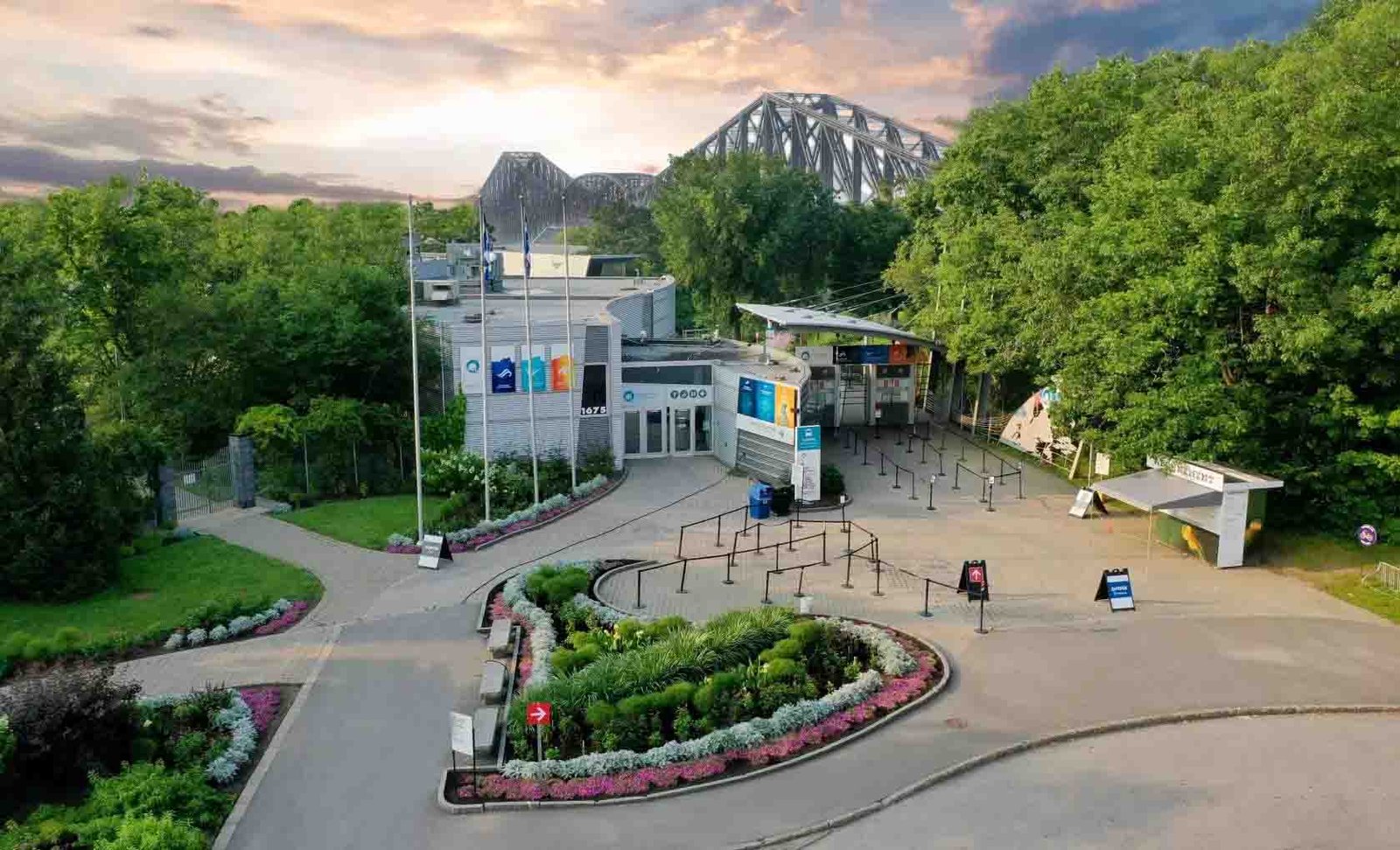Ottawa, the capital city of Canada, is a thriving and diverse metropolis that has undergone significant growth in recent years. With a population of over one million people, Ottawa is home to a cultural mosaic of individuals from various ethnic backgrounds, making it one of the most multicultural cities in Canada. As the city continues to expand, it faces a range of challenges in managing sustainable growth while maintaining its unique identity and quality of life. In this article, we will explore the factors contributing to Ottawa’s growth, the economic impact of its expanding population, and the innovative solutions being implemented to ensure sustainable urban development for future generations.
Introduction to Ottawa, Ontario
Ottawa is the capital city of Canada and is located in the eastern province of Ontario. The city was originally called Bytown, named after Colonel John By, who oversaw the construction of the Rideau Canal in the early 19th century. Ottawa’s population has grown significantly over time, from just over 100,000 residents in the mid-20th century to over 1 million people today. The city is known for its beautiful architecture, including Parliament Hill and the Rideau Canal, which is a UNESCO World Heritage Site. Ottawa is also home to numerous museums, galleries, and cultural institutions, such as the National Gallery of Canada and the Canadian Museum of History. As Canada’s capital, Ottawa plays an important role in the country’s political and economic landscape. The city is home to many government offices and agencies, as well as several universities and research institutions. Despite its growth and development, Ottawa has managed to maintain its unique character and charm. The city is often described as a “big small town,” with a friendly and welcoming atmosphere that makes it a great place to live and visit. Overall, Ottawa is a vibrant and diverse city that offers something for everyone, whether you’re interested in history, culture, or outdoor recreation.
The Growth of Ottawa’s Population over Time
Over the past century, Ottawa’s population has experienced significant growth. In 1901, the city had a population of just over 60,000 people. By 2019, this number had increased to over one million residents. This growth can be attributed to several factors, including immigration, natural population increase, and the expansion of government and technology sectors in the city. During the post-World War II era, Ottawa experienced a surge in population due to an influx of immigrants from Europe. The city continued to grow throughout the latter half of the 20th century due to a high birth rate and the continued arrival of immigrants from around the world. More recently, Ottawa has experienced rapid growth as a result of the city’s booming technology sector and its status as the capital of Canada. As new companies and industries have moved into the city, they have brought with them highly skilled workers who have added to Ottawa’s population. While this growth has brought many benefits to the city, it has also presented challenges such as traffic congestion, rising housing costs and strains on infrastructure. It will be important for city planners and policymakers to address these challenges while continuing to foster sustainable growth in order to ensure that Ottawa remains a vibrant and thriving community for years to come.
Diversity in Ottawa: A Cultural Mosaic
Ottawa is a city that prides itself on its diversity, and for good reason. With over 130 languages spoken and a population of more than one million people, the city is a cultural mosaic that celebrates and embraces its differences. Ottawa’s diversity is reflected in its food, festivals, and arts scene. The city has a vibrant Chinatown, Little Italy, and Little India, all of which offer unique cultural experiences to residents and visitors alike. The Ottawa International Animation Festival, the Ottawa Jazz Festival, and the Ottawa Dragon Boat Festival are just a few examples of the many events that showcase the city’s diverse communities. In addition to these cultural events, Ottawa has also made strides in promoting diversity and inclusion in the workplace. The city’s Diversity and Inclusion Office works to create an inclusive environment for all employees, regardless of their background or identity. This focus on diversity has also extended to the city’s political representation, with a number of elected officials from diverse backgrounds serving at all levels of government. While there is still work to be done in terms of addressing systemic barriers to equality, Ottawa’s commitment to celebrating its diversity has helped make it a welcoming and inclusive city for all.
The Economic Impact of Ottawa’s Growing Population
The growth of Ottawa’s population has had a significant impact on the city’s economy. The increase in population has led to a surge in demand for goods and services, creating opportunities for businesses to expand and prosper. With more people living and working in the city, there has been an increase in consumer spending, which has driven economic growth and job creation. The housing market has also benefited from the growing population, with an increase in demand for housing resulting in rising property values and construction activity. The rise in population has also attracted new businesses to the area, which has further boosted economic activity. Additionally, the increasing number of highly skilled workers moving to Ottawa has led to a growth in the knowledge-based sector, particularly in technology and innovation. This has made Ottawa an attractive destination for investors looking to tap into the city’s highly educated workforce and its thriving technology industry. However, there are also challenges that come with managing the economic impact of a growing population, such as maintaining affordable housing options for low-income residents and addressing infrastructure needs to support continued economic growth. Despite these challenges, the economic impact of Ottawa’s growing population remains a positive force for the city’s future prosperity.
Challenges and Opportunities in Managing a Booming City
As Ottawa’s population continues to grow, so do the challenges and opportunities in managing a booming city. One of the main challenges is ensuring that the city’s infrastructure can keep up with the increasing demand. This includes transportation, housing, and public services such as healthcare and education. With more people moving to Ottawa, there is also a need for more job opportunities. This can be a challenge as businesses may struggle to find suitable locations for expansion and the workforce may not have the necessary skills to fill new positions. However, this also presents an opportunity for the city to invest in training and education programs to prepare its residents for new job opportunities. Another challenge is managing the impact of growth on the environment. As more buildings are constructed and more people commute to work, there is a risk of increased pollution and strain on natural resources. However, this also presents an opportunity for the city to invest in sustainable infrastructure and transportation options such as public transit, bike lanes, and green spaces. Overall, managing a booming city requires careful planning and collaboration between government, businesses, and residents. While there are certainly challenges, there are also many opportunities for growth and innovation in Ottawa’s future.
Innovative Solutions for Sustainable Urban Growth in Ottawa
In order to manage the rapid growth of Ottawa’s population, innovative solutions for sustainable urban growth are being implemented. One such solution is the development of transit-oriented communities, where high-density housing is built around public transit stations. This approach not only encourages the use of public transportation but also reduces reliance on personal vehicles, ultimately reducing traffic congestion and emissions. Additionally, Ottawa has been investing in green infrastructure such as green roofs and walls, rain gardens, and permeable pavement to reduce stormwater runoff and improve air quality. The city has also been encouraging the use of renewable energy sources, such as solar panels and wind turbines, through incentives and partnerships with private companies. Another innovative solution is the use of mixed-use development, where commercial and residential spaces are combined in the same building or area. This approach promotes walkability, reduces commuting times, and fosters a sense of community. Finally, Ottawa has been implementing smart city technologies such as connected traffic lights, smart parking systems, and intelligent waste management systems to increase efficiency and reduce waste. By combining these various approaches to sustainable urban growth, Ottawa is well on its way to managing its booming population in a way that is environmentally friendly and economically sound.
Conclusion: Ottawa’s Bright Future Ahead
In conclusion, Ottawa’s future looks promising as the city continues to manage sustainable growth in a diverse and innovative way. With a strong economy, world-class universities, and a thriving tech industry, Ottawa has become an attractive destination for both domestic and international migrants. The city’s commitment to sustainable urban development has resulted in initiatives such as the Light Rail Transit system and the Greenbelt, which will help reduce traffic congestion and promote environmental conservation. Ottawa’s cultural diversity is also a strength, with various communities contributing to the city’s vibrant arts scene and local cuisine. However, challenges remain, such as affordable housing and infrastructure upgrades. Nevertheless, the city has demonstrated its ability to adapt and innovate, evident in projects like the Zibi development that transforms contaminated land into a mixed-use community. Overall, Ottawa’s future looks bright as it continues to balance growth with sustainability while embracing its diverse population. As the city looks ahead, it will undoubtedly face new challenges and opportunities, but with its strong foundation, Ottawa is well-positioned to continue thriving as one of Canada’s most dynamic cities.
As we have seen, Ottawa is a city that has experienced significant growth over time, with a diverse population and a booming economy. However, managing sustainable growth in a city as diverse as Ottawa presents its challenges. The innovative solutions that are being implemented to tackle these challenges offer hope for a bright future ahead. As we reflect on the future of Ottawa, it is important to consider how other cities can learn from its experiences and adapt their strategies to ensure sustainable growth. How can we strike a balance between economic growth and environmental sustainability? How can we ensure that diversity is celebrated and accommodated in our cities? These are questions that require ongoing reflection and dialogue as we strive towards building better cities for all.
Population in province:
Alberta, British Columbia, Manitoba, New Brunswick, Newfoundland and Labrador, Nova Scotia, Ontario, Prince Edward Island, Quebec, Saskatchewan
Population in city:
Calgary, Edmonton, Vancouver, Victoria, Winnipeg, Fredericton, Moncton, St. John’s, Halifax, Toronto, Ottawa, Charlottetown, Montreal, Quebec City, Saskatoon, Regina






Pingback: What is the population in Canada? – Things to do in Canada